The impressive, affordable Mauser M10 in .243 comes under review in this detailed test, conducted by Chris Parkin
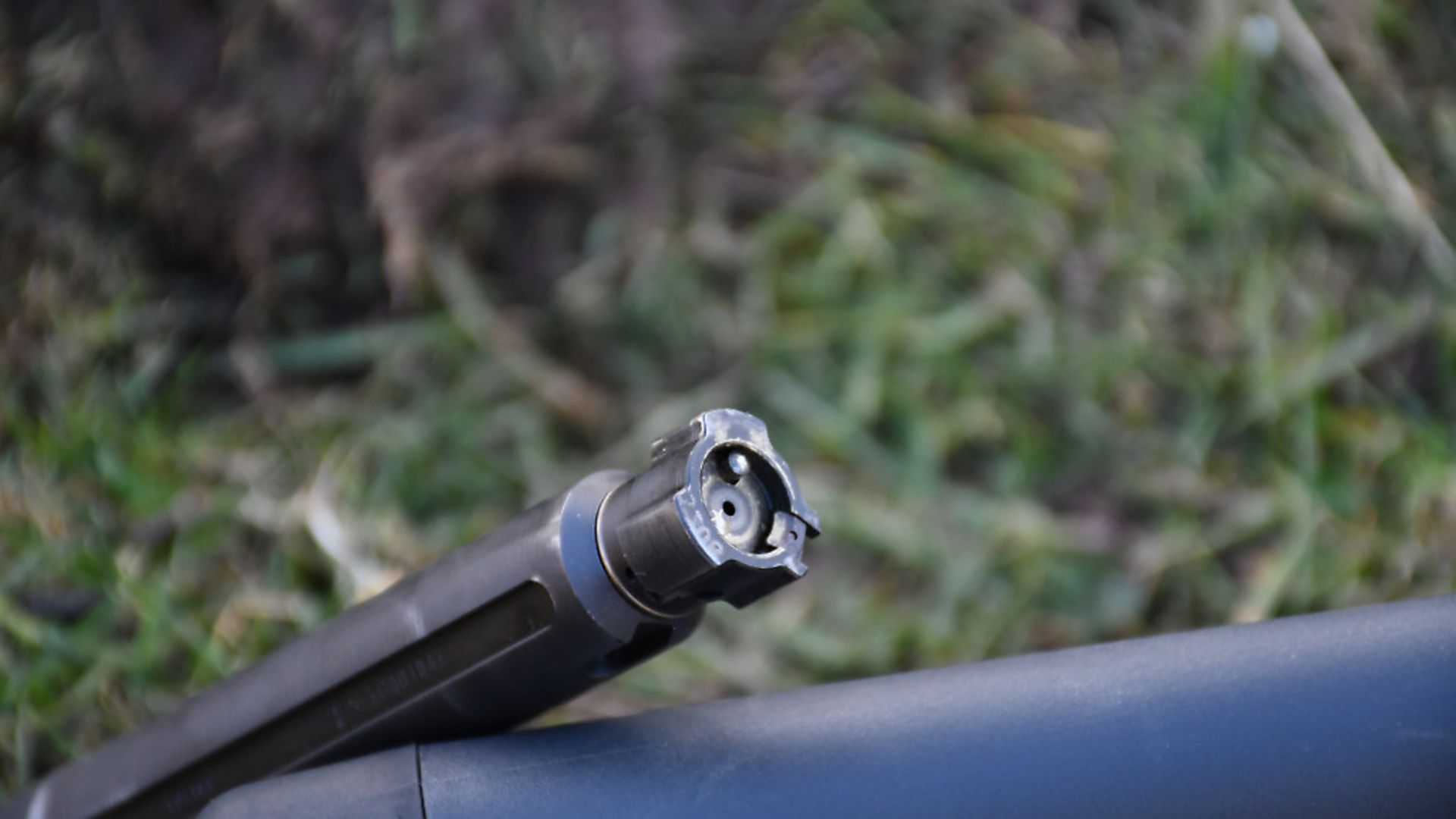 credit: Archant
credit: Archant
LIKES: Familiar stock dimensions and ergonomics; Reliable magazine system operating quietly; Great trigger pulls on a rifle at this price; Bolt operation of the highest class; Stood up well to total snow immersion and corrosion for a blued rifle
DISLIKES: Why change the hole spacings on the action bridges for the scope mounts from those of other “family members”?; At some point, you might drop and lose the recoil pad; WILL Mauser make a left hander?
VERDICT: At £766 RRP, the M18 brings everything that is good about the Mauser species to more shooters without any serious downsides
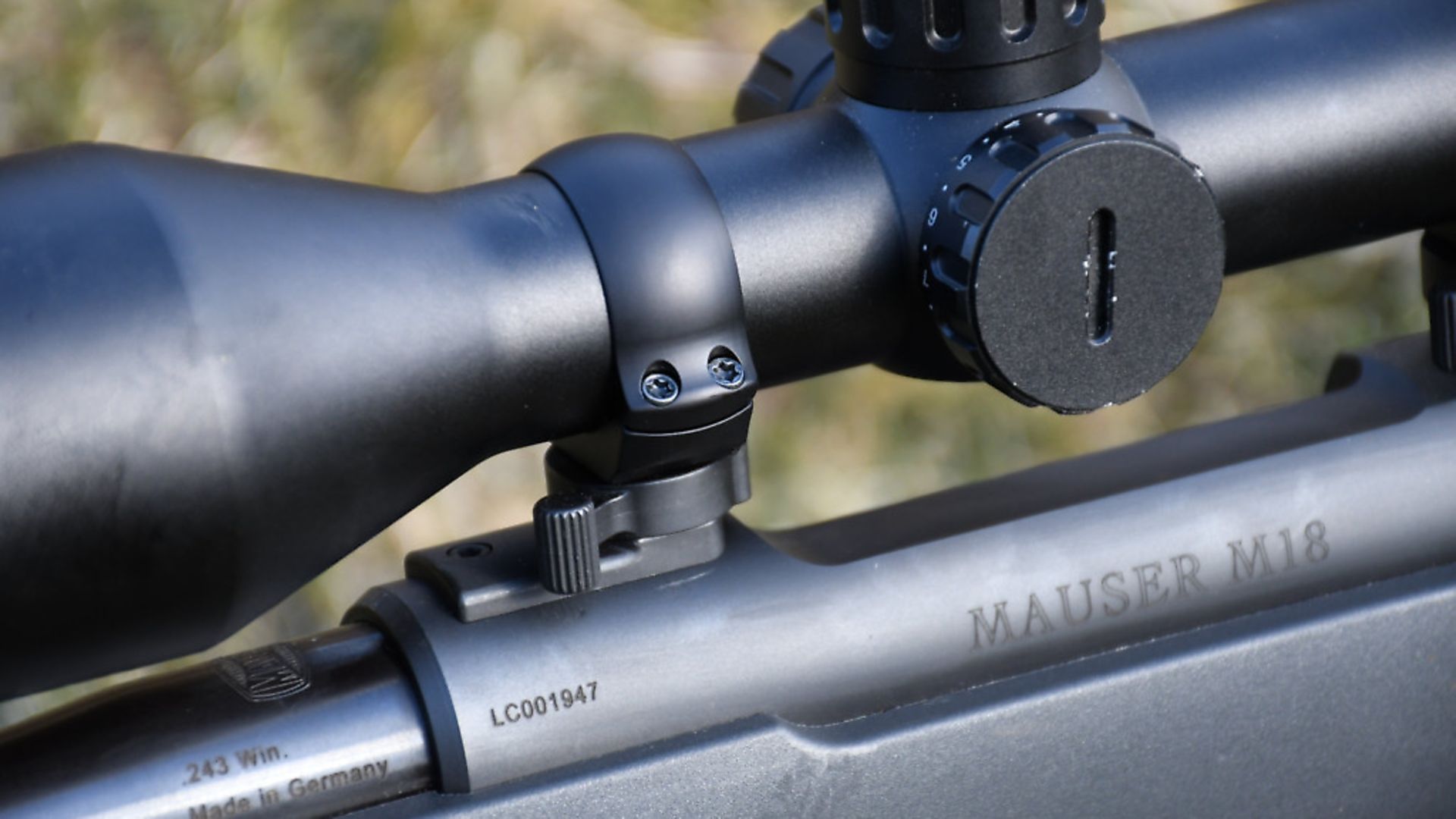 credit: Archant
credit: Archant
TECH SPECS
Calibre - 243 Winchester (308 also available)
Overall length - 1055mm-41.5”
Weight - 3.18 kg (7.02 lbs)
Stock Material - Injection moulded polymer
Magazine capacity - 5+1
Trigger - single stage adjustable set at 975gr pull weight
Barrel length - 560mm-22”
RRP: £766
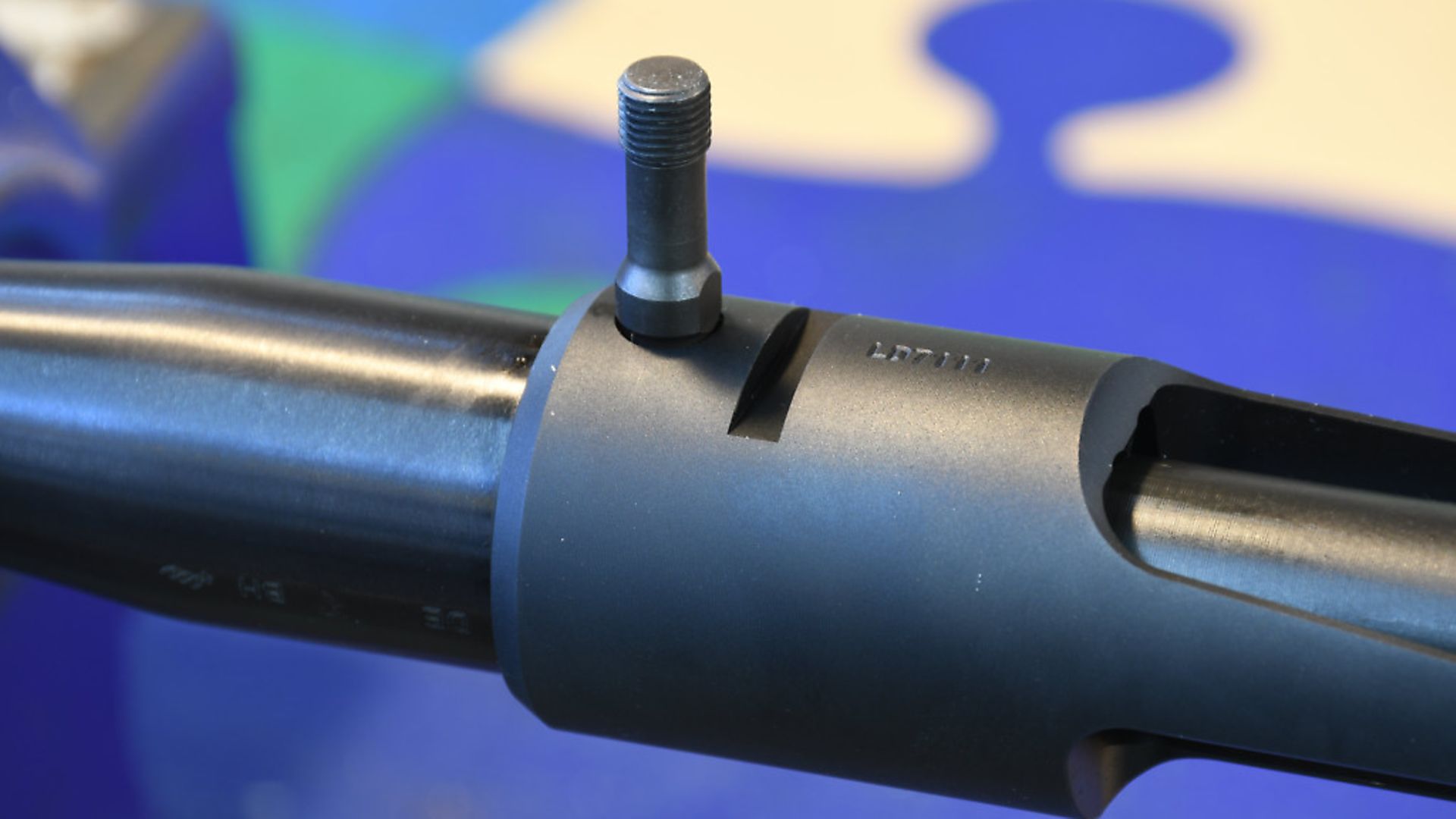 credit: Archant
credit: Archant
ALSO USED
Minox ZX5i 2-10-50 Riflescope
Barton Gunworks Sound Moderator
Mauser Hexalock Scope mounts
CONTACT Blaser Sporting 020 7622 2116
AMMO USED
Hornady 58 and 75gr Superformance V-Max, 100gr Whitetail Classic
Edgar Brothers 01625 613177 www.edgarbrothers.com
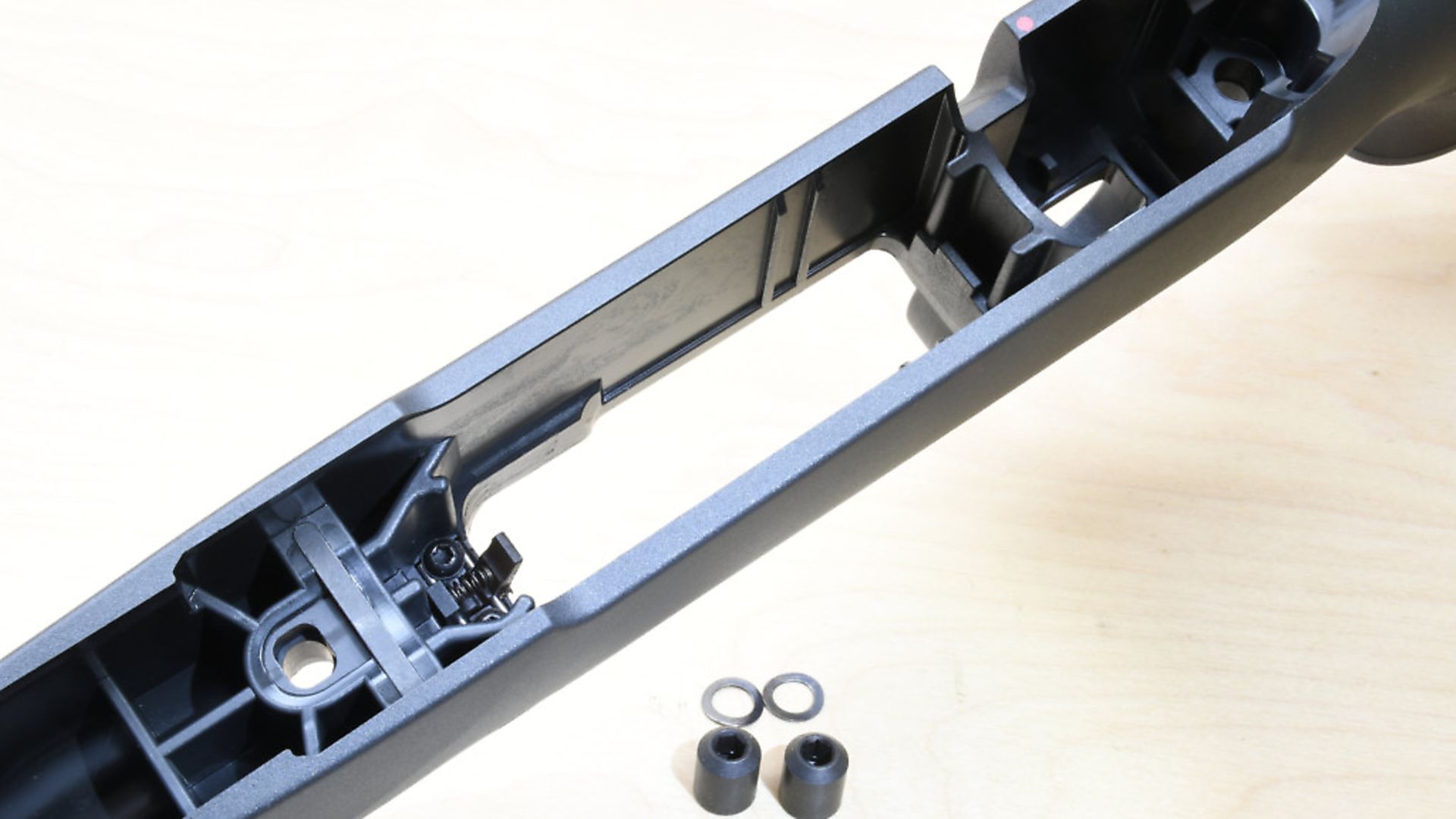 credit: Archant
credit: Archant
AMMO PERFORMANCE
Superformance 75gr V Max, 1039 m/s (3410 fps), 1836 ft/lbs (packet data 3580 fps), 15-20mm 5 round groups @100m
Superformance 58gr V-Max, 1108 m/s (3636 fps), 1703 ft/lbs (packet data 3925 fps), 20-25mm 5 round groups @100m
American Whitetail 95gr Interlock, 858 m/s (2816 fps), 1761 ft/lbs (packet data 2960 fps), 30-35mm 5 round groups at 100m
Fiocchi 95gr SST, 890 m/s (2921 fps), 1800 ft/lbs
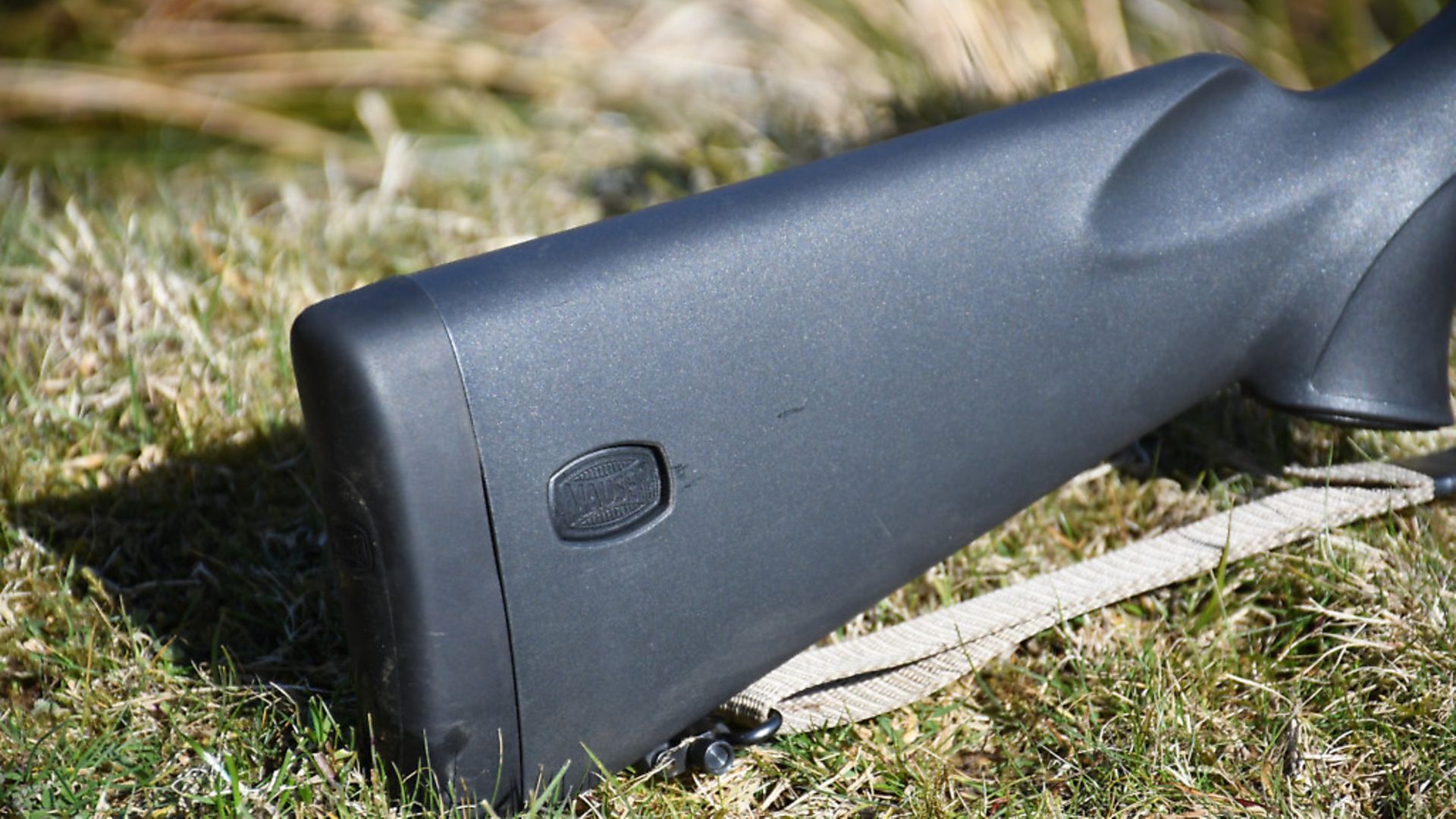 credit: Archant
credit: Archant
IN DEPTH REVIEW
The name Mauser is an iconic brand within the shooting world – and I always hankered after one until I got my own M12 three years ago. The arrival of the M18 seemed, on paper, to mirror Sauer introducing the 100, which incorporated features of the 101 but at a lower price point.
However, my first encounter with the M18 left me a little cold. Using a three-lug rather than six-lug bolt, twin ejectors and a claw extractor meant everything was in place to make me like it as much as I did the 100; in fact, I liked the 100 more than the 101 in many respects, so the M18 had a hill to climb in comparison.
I saw the gun at the British Shooting Show with an RRP of £900+ and immediately made the decision that, like for like, it seemed a little expensive. It somehow didn’t quite have the finesse to the finish of its brother brand.
I took a gun away from the show, carrying its coffin-like display crate across the NEC’s car parks, and the first hiccup was the scope mounting. I had assumed (incorrectly) that I could swap the Recknagel Picatinny rail straight across from my M12 and 101, but although the length and underside profile is identical, the spacing of the twin screws above the rear action bridge was closer.
Blaser Sporting immediately supplied me with a set of Mauser Hexalock mounts, and after waiting impatiently for the snow to melt, I was able to see what the Mauser was all about. I had spent time dismantling the rifle and critiquing it in an unshot condition, testing the trigger, assessing the stock design, construction and the metalwork too.
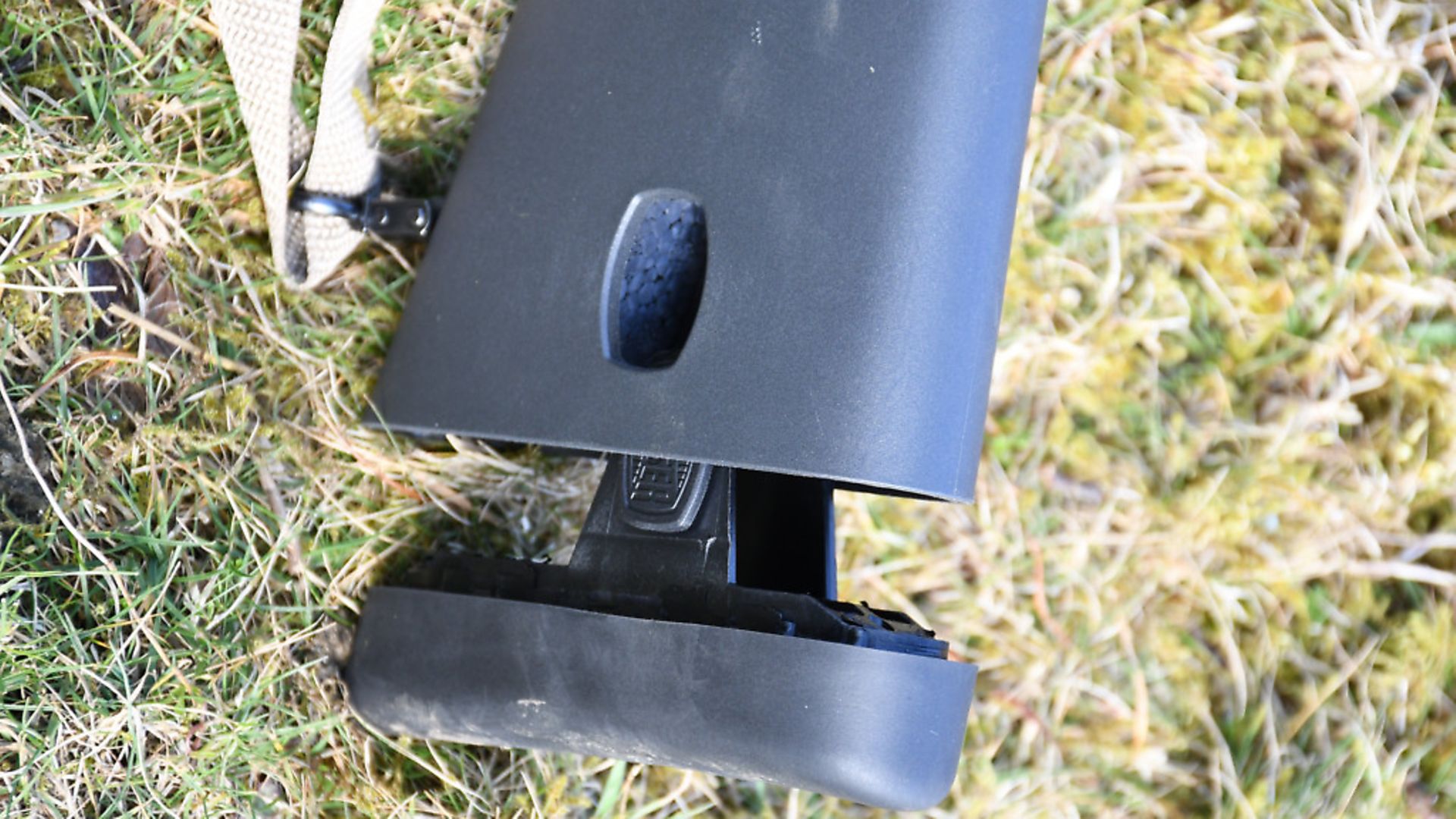 credit: Archant
credit: Archant
I had heard rumours of magazines dropping out of the show gun, yet when assembled and prepared for test, all these factors thankfully disappeared from my mind. The rifle had been lightly used by Blaser Sporting prior to my liberating it from the BSS and the bolt, trigger and every piece of metalwork had been handled, operated and finger marked during three days of the show.
So in fact I was receiving a gun that would reflect on significantly more wear and tear than one straight from the shop shelf. Although this could be seen as a detriment, I saw it as a positive – everything would be bedded and smoothed out for better or worse, similar to what your first hundred rounds might do to your own gun.
The 22.5mm spherical polymer bolt knob caps a 70mm handle projecting 90° from the blued steel shaft. It can be flicked open with the back of your fingers through its 60° arc, and remains straight out from the side of the rifle for what I consider the absolute best of bolt operation ergonomics in the business. You will keep gloved hands and fingers clear of the scope and never struggle to open the action with a tight case, and cycling the pushfeed bolt nose to strip single rounds from the staggered left and right sides of the five-round magazine is both faultless and quiet. It’s no surprise to see Mauser using the same feed system and magazine that is found on the M12, Sauer 100 and 101 – it works perfectly on them all.
A recessed button to the front of the well is pressed to drop the polymer mag into the palm of your hand for reloading, but single rounds can be clicked into it from above through the 85x15mm ejection port. On an empty magazine, the gun will also feed easily if a single round is dropped onto the mag’s follower. The extractor claw is recessed into the right lug of the three, with familiar twin-plunger ejectors sited top and bottom, slightly offset from vertical to fling the spent case just upward of horizontal through the port.
Regardless of the fact that this bolt’s recessed lugs remain at three, rather than being split into six lugs, it is of the finest design I have used on a sporting rifle, with just a single groove on the upper left side of the 20.4mm shaft to retain rotational alignment in the receiver body.
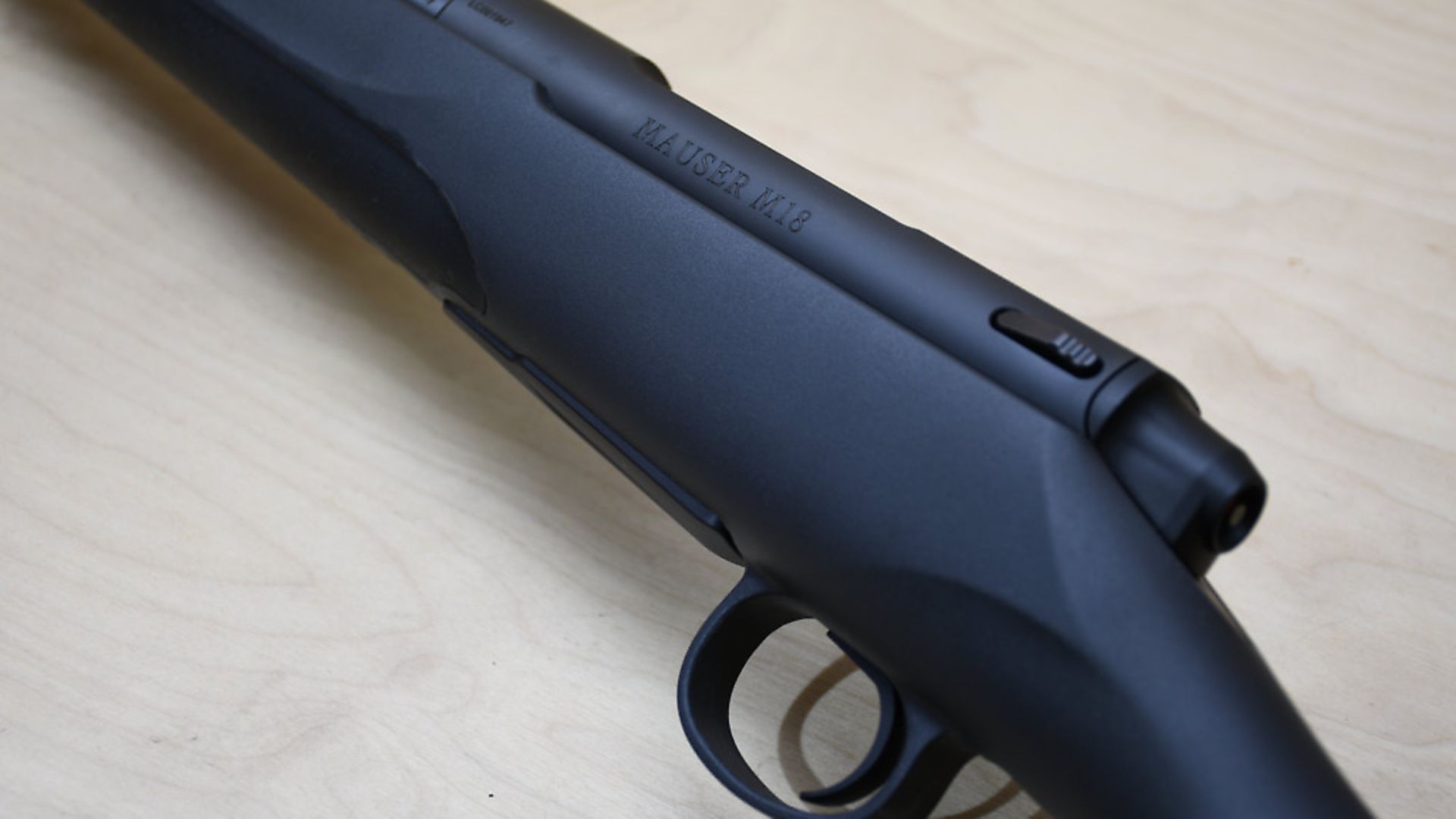 credit: Archant
credit: Archant
The bolt stop lever on the left side of the action’s rear bridge runs within it. The bare steel is blued, but wears a little grey in contact areas. There are a few of the original circular machining marks, but it runs impeccably in the action – it will not jam, and I can tell you for a fact that, packed full of snow, it still works perfectly without any stuttering. End of!
The stock is a copolymer moulding showing softer inlays at the grip and fore-end for a more tactile feel. It is free floated and remains that way from any shooting position, with satisfactory stiffness to retain that barrel float unless you are deliberately forceful with it. I would actually rate it better than the M12 float, which is supposed to be its superior sibling.
There are slight angles within the curves along the fore-end to stabilise your hand position, and just enough space to keep gloved thumbs free of the barrel in thick gloves.
The grip shows a tiny amount of ambidextrous palm swell with a radius large enough to accommodate my hands, with a slight lip to the base whose plate shows the Mauser logo. My thumb wraps nicely over the top with slight cut outs for the meat of the thumb below and to the front of the comb. This rises almost imperceptibly towards the butt pad, which is a feature to soften the recoil feel transmitted to your cheek, with the gun effectively unwelding itself fractionally from your cheek as it recoils. It’s subtle, and it works (although recoil on a .243 is minimal), allowing good cheek weld without fearing your head will ring.
A 25mm thick recoil pad is fitted to the rear with two push button catches either side of the 45mm body. It is 132mm high and homogenous feel with moderately firm composition means it feels like a gun that grips well into your shoulder pocket, without any squidgy spots concealing harder anchor points where the fasteners would be. Squeezing the two black Mauser logoed buttons together allows this pad to be removed.
With a 356mm/14” length of pull using the 25mm pad, it would seem Mauser designed in some freedom to provide alternate units to increase or decrease this. As it is, it is ideal for me at 5’11” with easy reach to the bolt handle and grip/trigger blade.
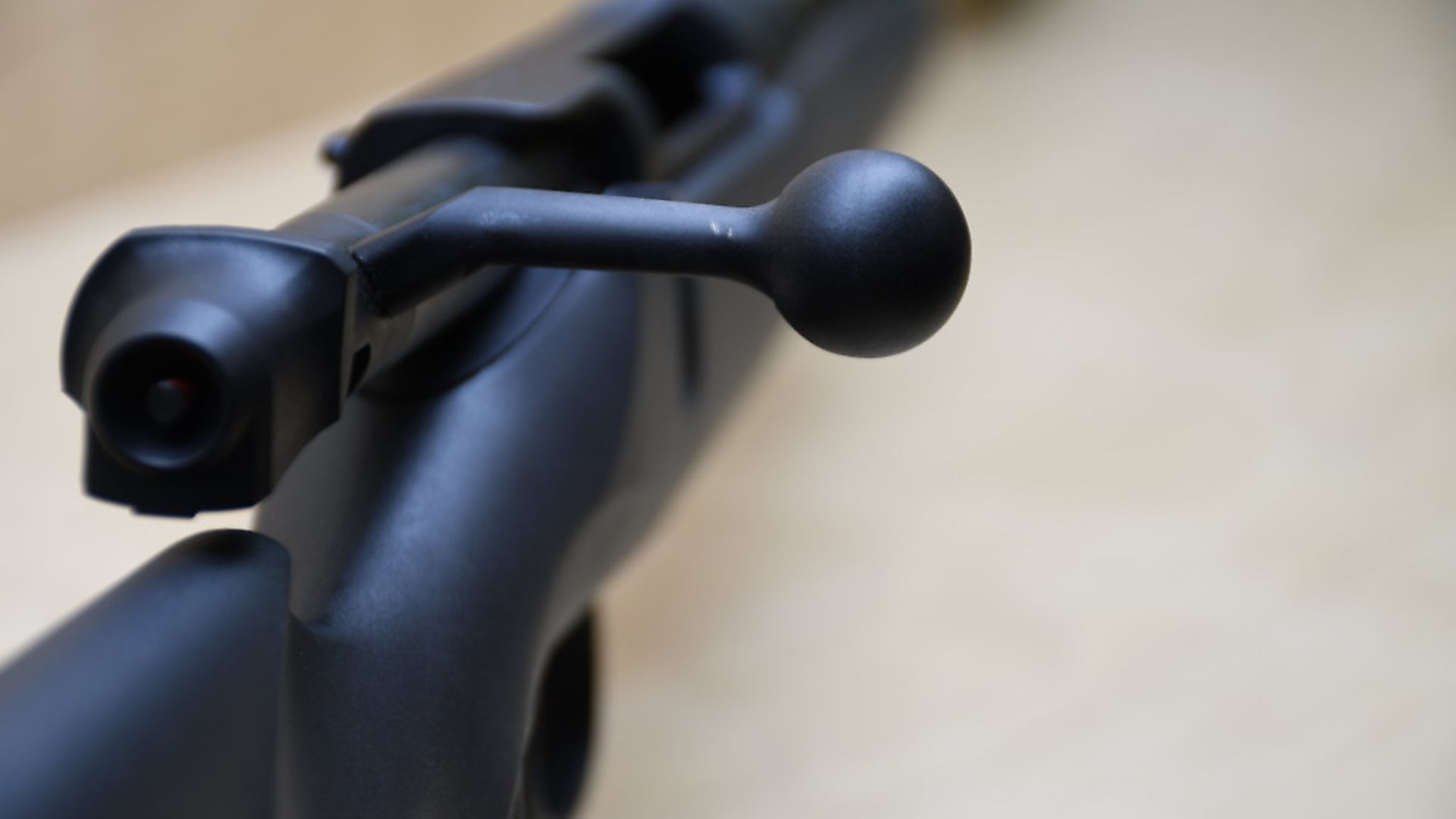 credit: Archant
credit: Archant
Studs are solidly fastened under the butt and fore-end for sling/bipod fitting, and remained that way after some rough handling over the time I had the gun. You can store a pull through in the stock, which is otherwise filled with a sound-deadening polystyrene block.
With a deep curve and 8mm width, the smooth trigger blade settles nicely onto your finger pad within a spacious guard for gloves. It is adjustable between 1-2kg, yet due to the long delay before I actually got to shoot the gun, during which it languished at my workbench being dissected, I had this down to 500g break and just over 2,000g, which was fiddly with small Allen keys, but it performed reliably after doing so. I wouldn’t recommend it as that is way too light for field conditions, especially in the cold with gloves, but at least proved Mauser are not liable to fibbing.
A tiny amount of creep remained, but on a sub-£800 rifle I have no issue with that, as it was totally predictable with a nice repeatable squeeze.
I have been unable to confirm this from Mauser, or without specifically destructive testing, but it would appear that the trigger block is a polymer moulding. This is in no way derogatory, as all internals and pins are steel, but when turning the Allen keys you can feel the polymer threads gripping the screws, unlike the way it feels in steel or aluminium. There is a tiny amount of creep but consistent 950-975g breaking strain was measured which remained throughout the test, no doubt thanks to all those hands and fingers dry firing the trigger and helping to initially bed it in at the show.
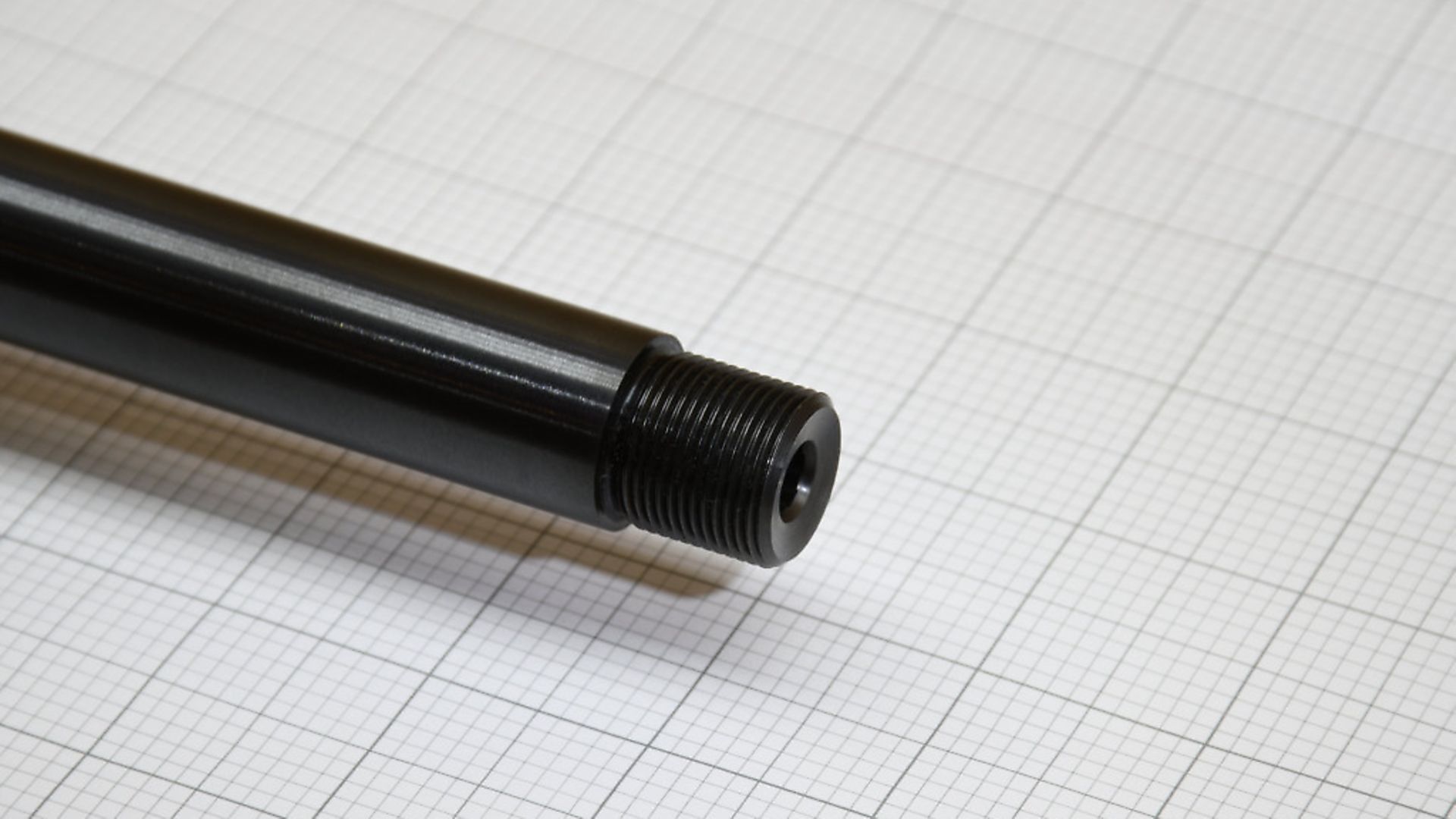 credit: Archant
credit: Archant
A serrated roller at the right side of the action enables ‘fire’ in the forward position with fully safe at the rear. The intermediate stage enables bolt operation with the trigger blocked. This is perhaps the only point where I can justifiably say I prefer the M12 – I do like the wing safety on its bolt, especially with cold hands, as it fully disables the action, locking the firing pin in position and not just the trigger. But this is a factor of nearly all rifles across the industry and hopefully only ever a theoretical issue.
Safe gun handling is always down to you, and the catch here works in silence if you roll it rather than flick it off.
One potential downside is it can catch on loose sleeves or gloves, but in my time with the gun this only ever threatened to make the gun ‘safe’, I never disengaged the safety catch.
One MOA accuracy is guaranteed from the cold hammer forged barrel that cleaned up easily. The .243 can be quite a dirty round and this had certainly had more than the proofing shots, but the powder residue was wiped clean with no traces of copper present. The usual quality of external finish from the Blaser, Mauser and Sauer family were found throughout.
A 15x1 muzzle thread and crown were of impeccable standard under the threadcap. I wasn’t a huge fan of the blued barrel finish versus the matt action finish, but it didn’t spoil my day and I’d rather these were done well on different components than done badly just to match aesthetically.
It’s a medium profile with the 17mm muzzle growing to 28mm before the 35mm external diameter of the action. It is screwed into the receiver, rather than the thermal fix on the M12, and I’m interested to find out whether this means the action can be re-barrelled – it will be a fantastic foundation for any future rifle if so.
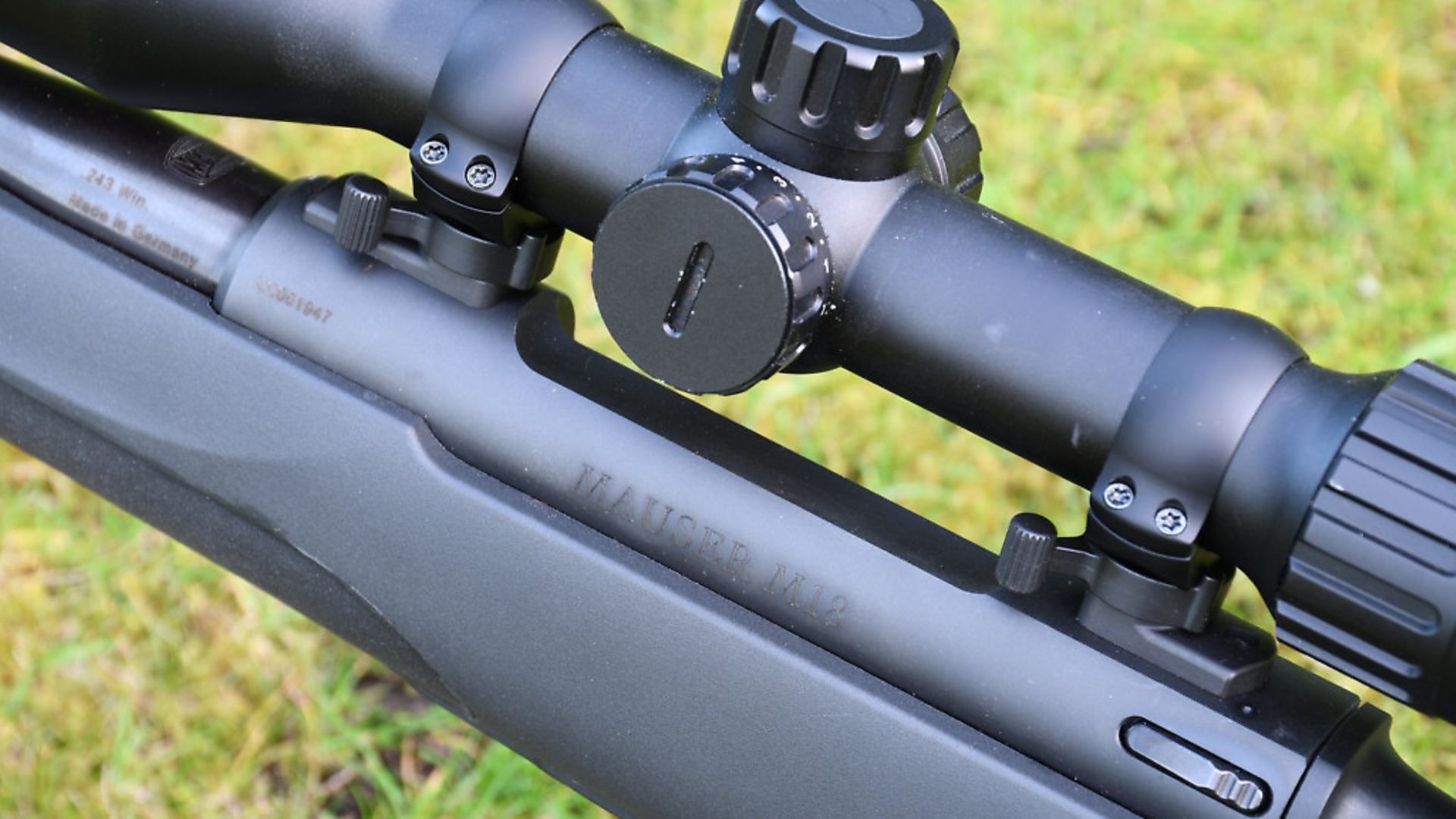 credit: Archant
credit: Archant
Its cylindrical profile carries twin studs on the underside with a recess for the recoil lug. This is fixed into the stock and mates here like a Tikka or Sako. The fit is good with no discernible stress to the inlet, which shows masses of internal triangulation of the polymer to maximise stiffness in the short fibre-reinforced material, without excessive weight.
Stripping the gun in the field is straightforward with the two fixed studs locked in place at either end of the action using 4mm Allen key nuts.
No separate floorplate is involved – even the trigger guard is moulded into the stock’s profile – but, on a £766 rifle, I think the standard is excellent with no specific weakness or shortcomings to the design and the completed gun. I fitted some supplied Mauser Hexalock mounts for a 30mm tubed Minox scope and Barton Gunworks moderator.
I’m not sure why Mauser changed the spacing of the screw holes in the rear mount compared to the rest of their identically profiled actions from the Sauer group, but that being that, they screw into position tightly.
Hexalocks can be a little fiddly to set up but work very well when done properly. I just hope a Picatinny rail appears soon that will fit the gun because this would make fitting any optic or NV accessory faster and cheaper in the long run. It’s just a matter of time I think.
I fed the rifle with four types of ammunition to cover the bases of what any UK user is likely to need. 58gr and 75gr Superformance Varmint ammunition from Hornady gave equally impressive 15-20mm (¾”) five-round groups at 100m, with no significant signs of opening up as the barrel got hot or dirty.
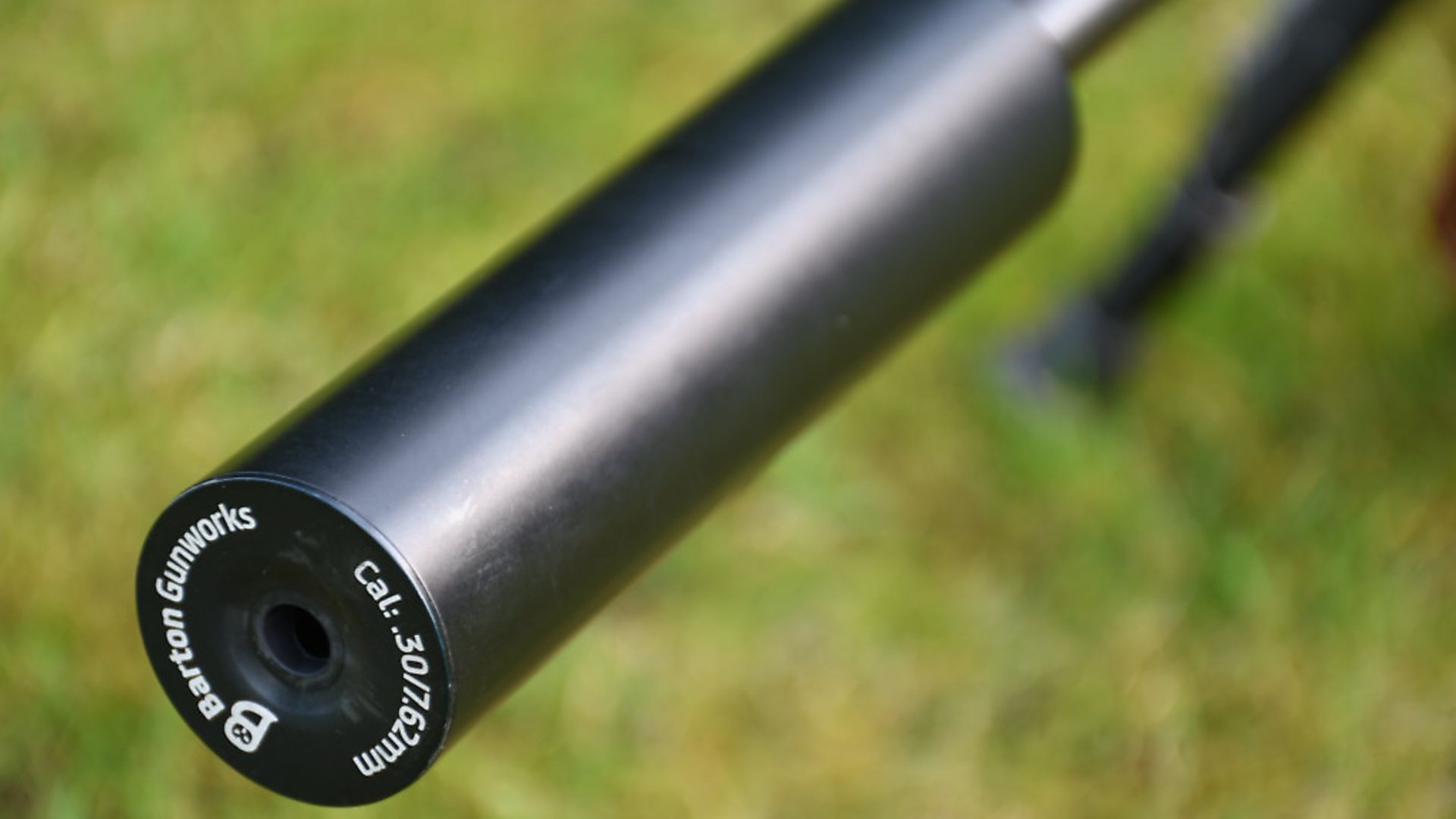 credit: Archant
credit: Archant
100gr soft-nosed American Whitetail did push the 10” twist rate of the barrel, with groups parting into the 35mm region, but no fliers were detected. Were I to want a lead-nosed bullet in .243, I know the GECO 105, though heavier, seems to stabilise better and stays a bit tighter on paper.
Still, I had no doubts about the gun’s inherent accuracy – no amount of rough handling or bumping about in the truck seemed to disturb it through the course of its use, and that includes being fully immersed in snow and then field stripped for cleaning.
I also tried some of my diminishing supply of Fiocchi ammo which is loaded with the 95gr Hornady SST bullet. This load has never let me down in any test rifle and was keeping the five rounds within the 20mm spread that I thought was better than required.
I didn’t handload, but am confident that performance would have got even better and allowed full customisation – I just didn’t need to prove anything more than what had already shown.
I have been a fan of the Mauser M12 when the barrel was left at 22” and although I still love it, thinking of it as a great value for money gun with prestige lineage, I can’t help but like the M18, supposedly its inferior sibling. I think comparing the two, both of which have great triggers and superb ergonomics, allows me to attack the real nitty gritty in fair contrast.
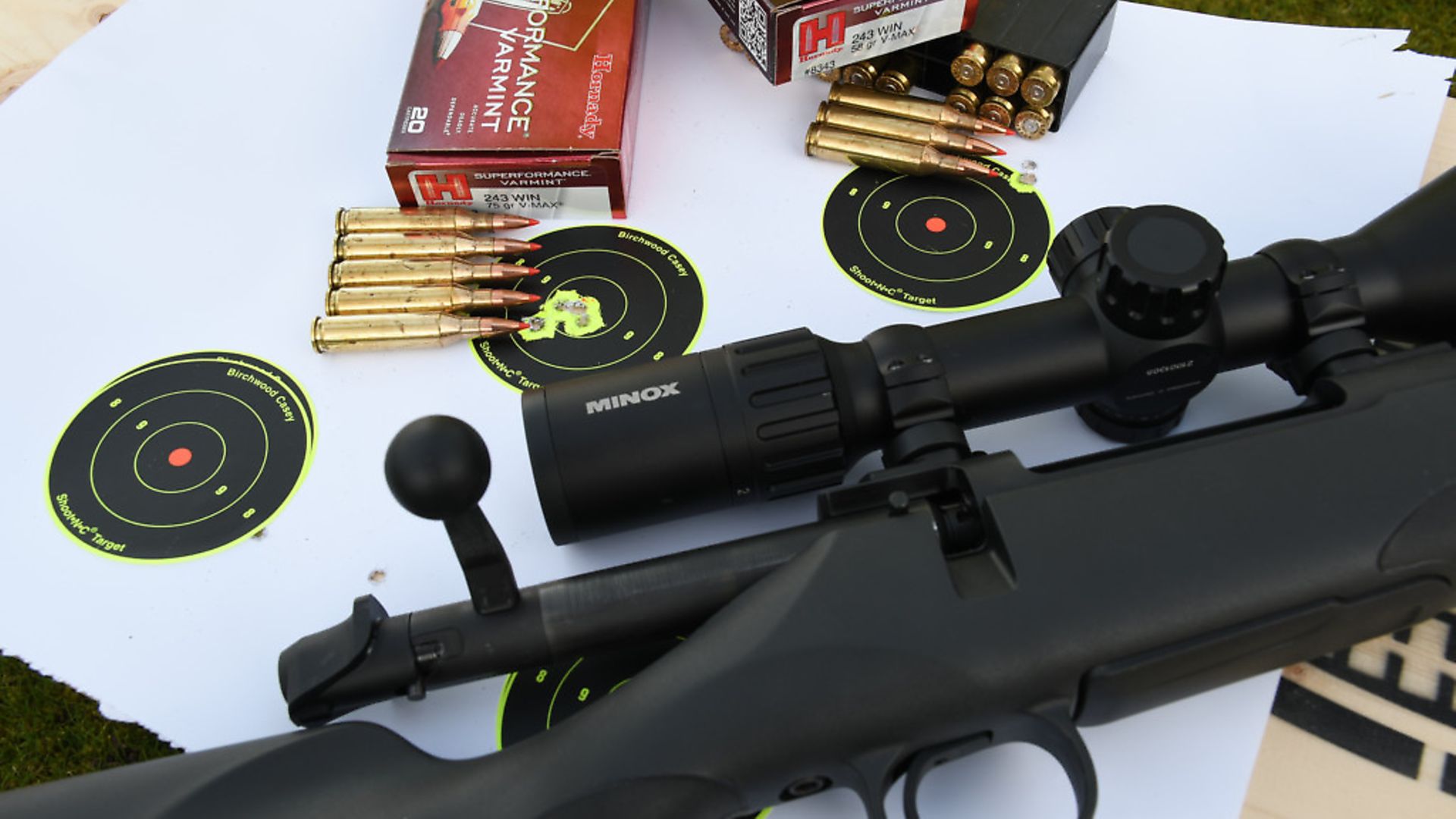 credit: Archant
credit: Archant
The M18’s fore-end is a touch stiffer, the bolt operation is equal, magazine functionality is equal along with scope position and handling traits. I do prefer the safety catch of the M12 though.
I’m glad Mauser have not tried to make the gun ‘better’ or more ‘tacticool’ by lengthening the bolt handle – this ball-ended design is peerless in my opinion, making the gun quiet and smooth to operate with the capability for really fast cycling.
There is no doubt Mauser have specified the gun to be made more cheaply, but no corner has been cut with economy alongside efficiency and, most importantly, innovation with materials used and serious investment into process control. One example is that the stock arrived straight and stayed straight throughout the 20°C air temperature variance.
This gun may have few bells and whistles, but I have and will continue to carry it with no doubt of its performance capability, and to any buyer who wants to own a Mauser, I really do think this gun captures all of what a Mauser was, is, and will become in the future – intrinsic harmony of man and machine.
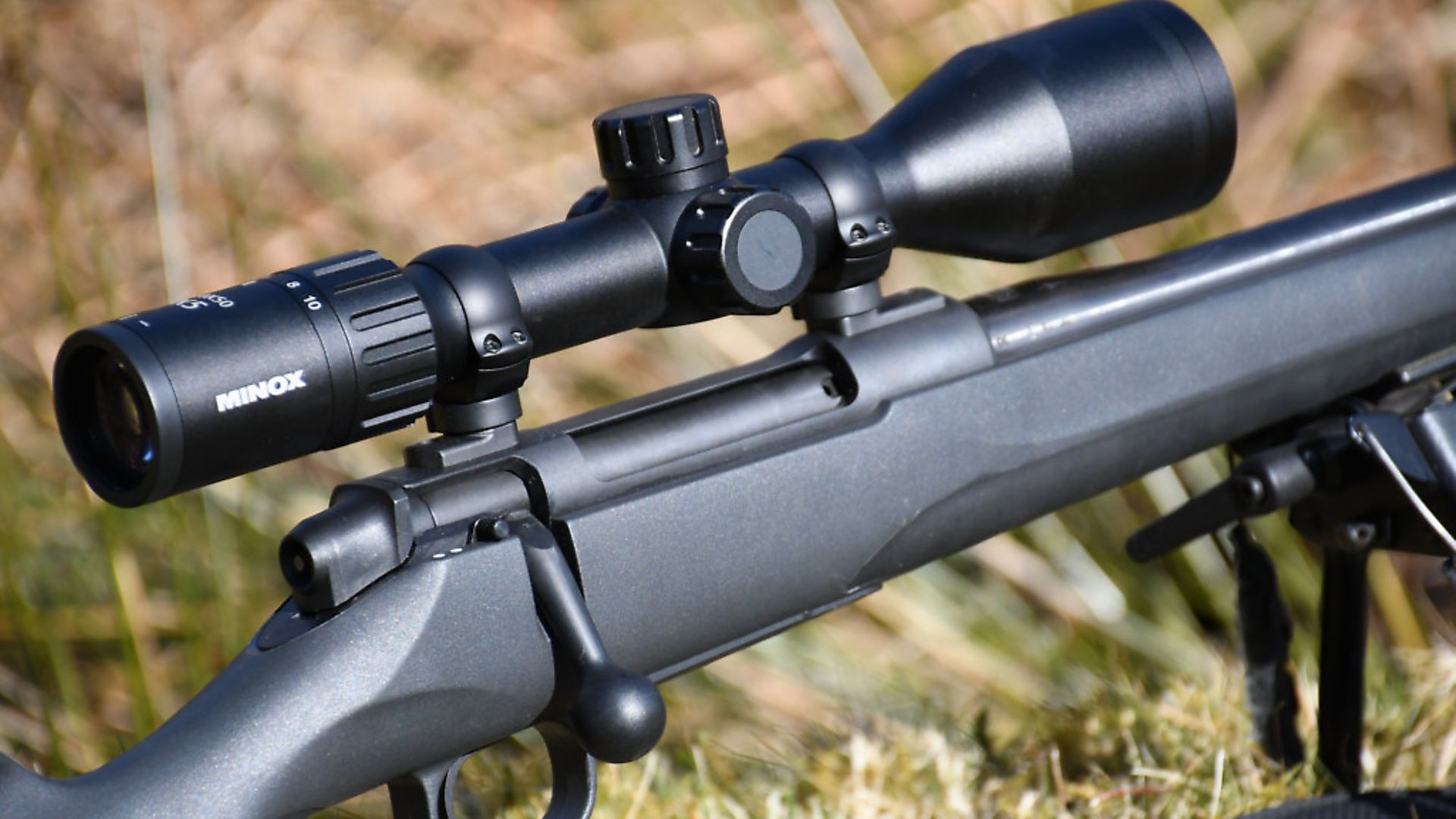 credit: Archant
credit: Archant
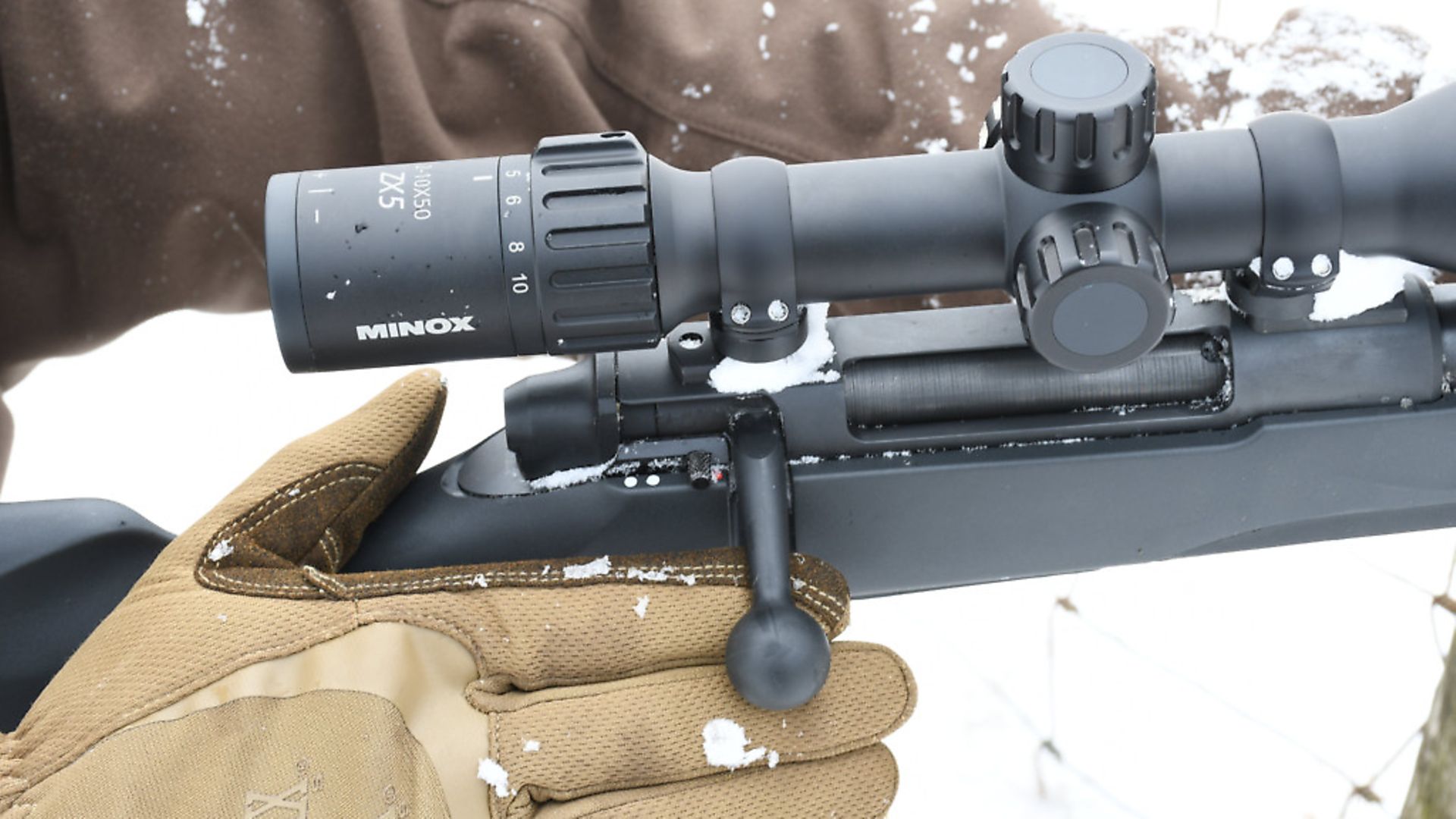 credit: Archant
credit: Archant
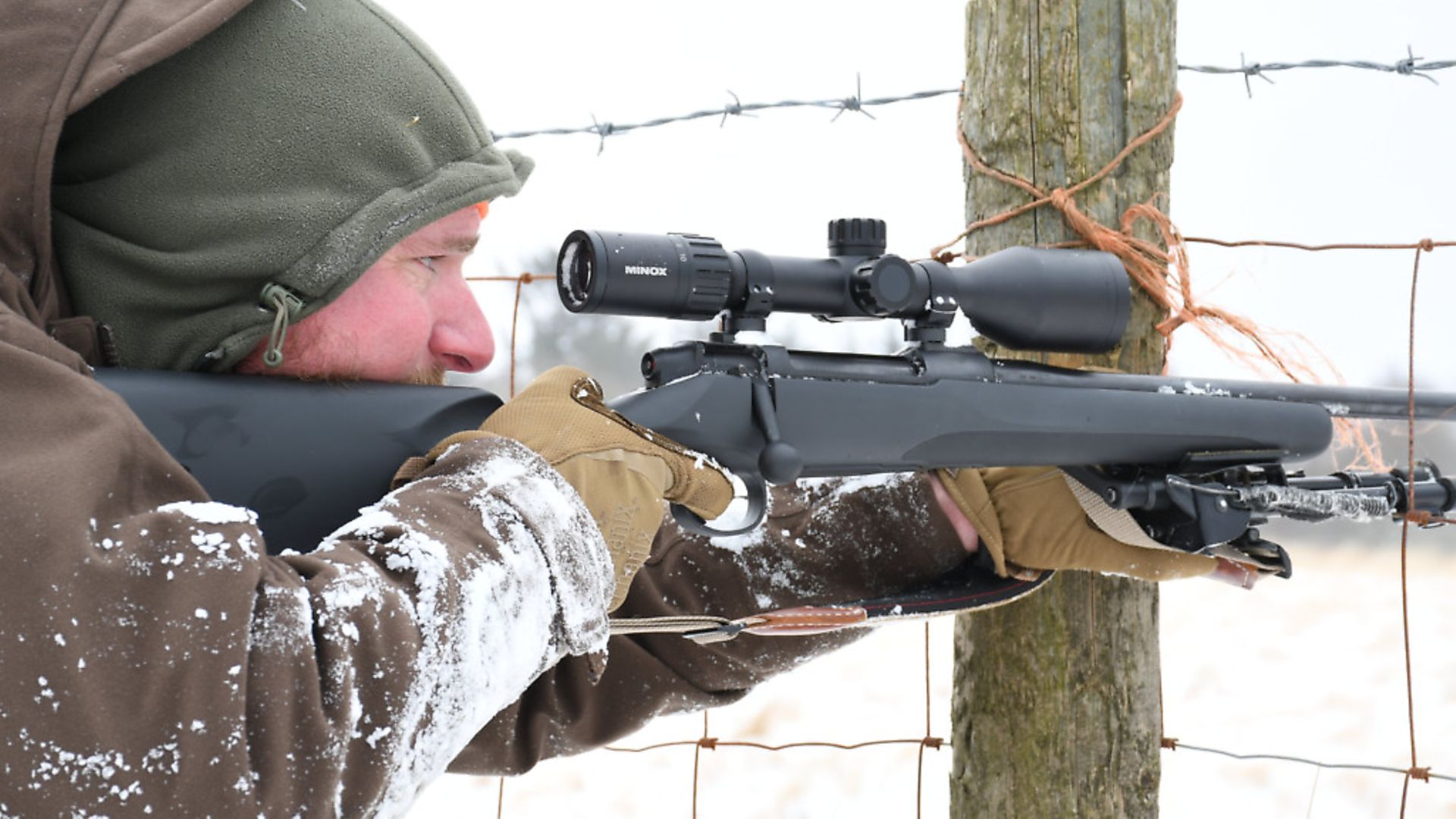 credit: Archant
credit: Archant
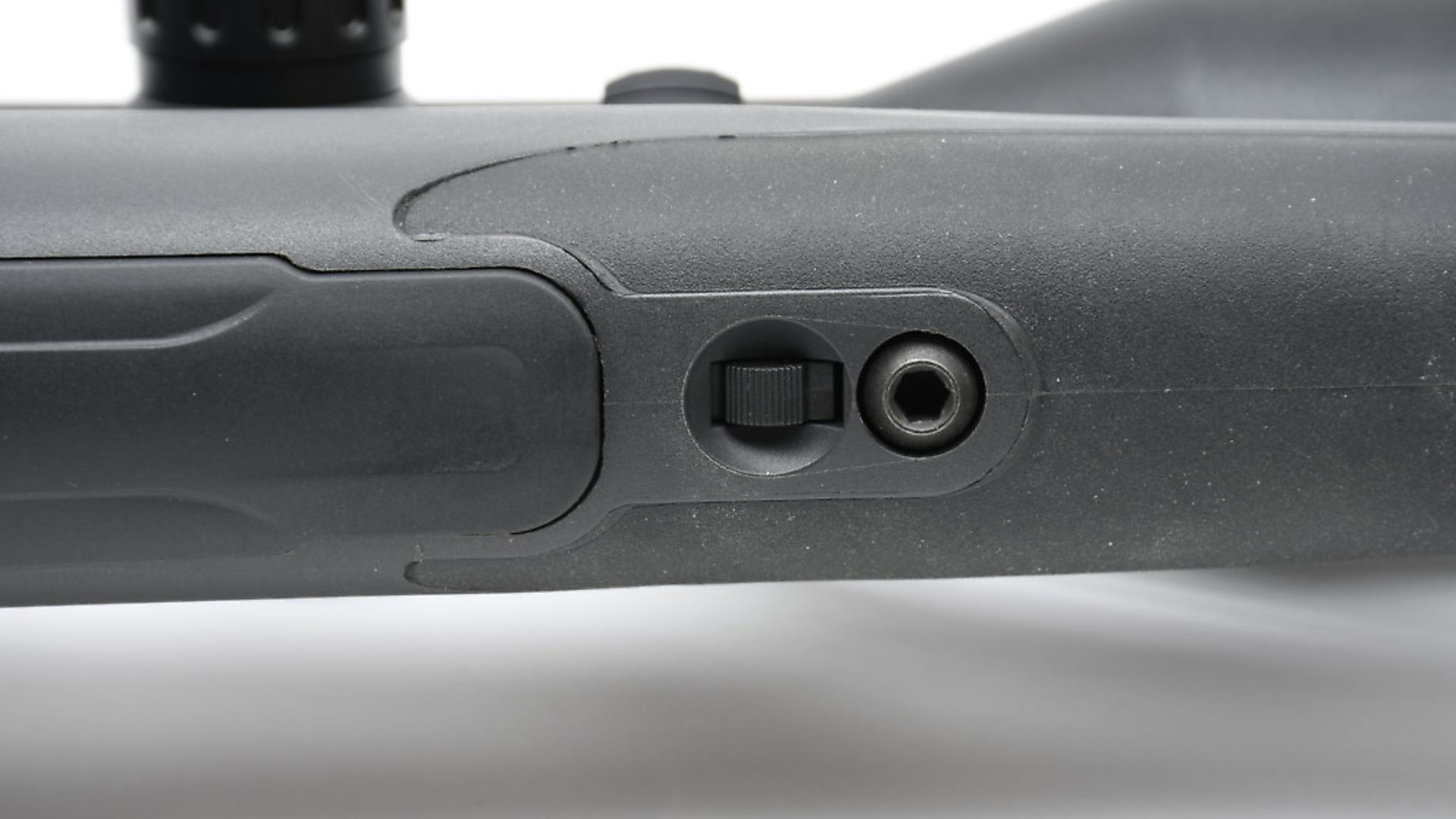 credit: Archant
credit: Archant
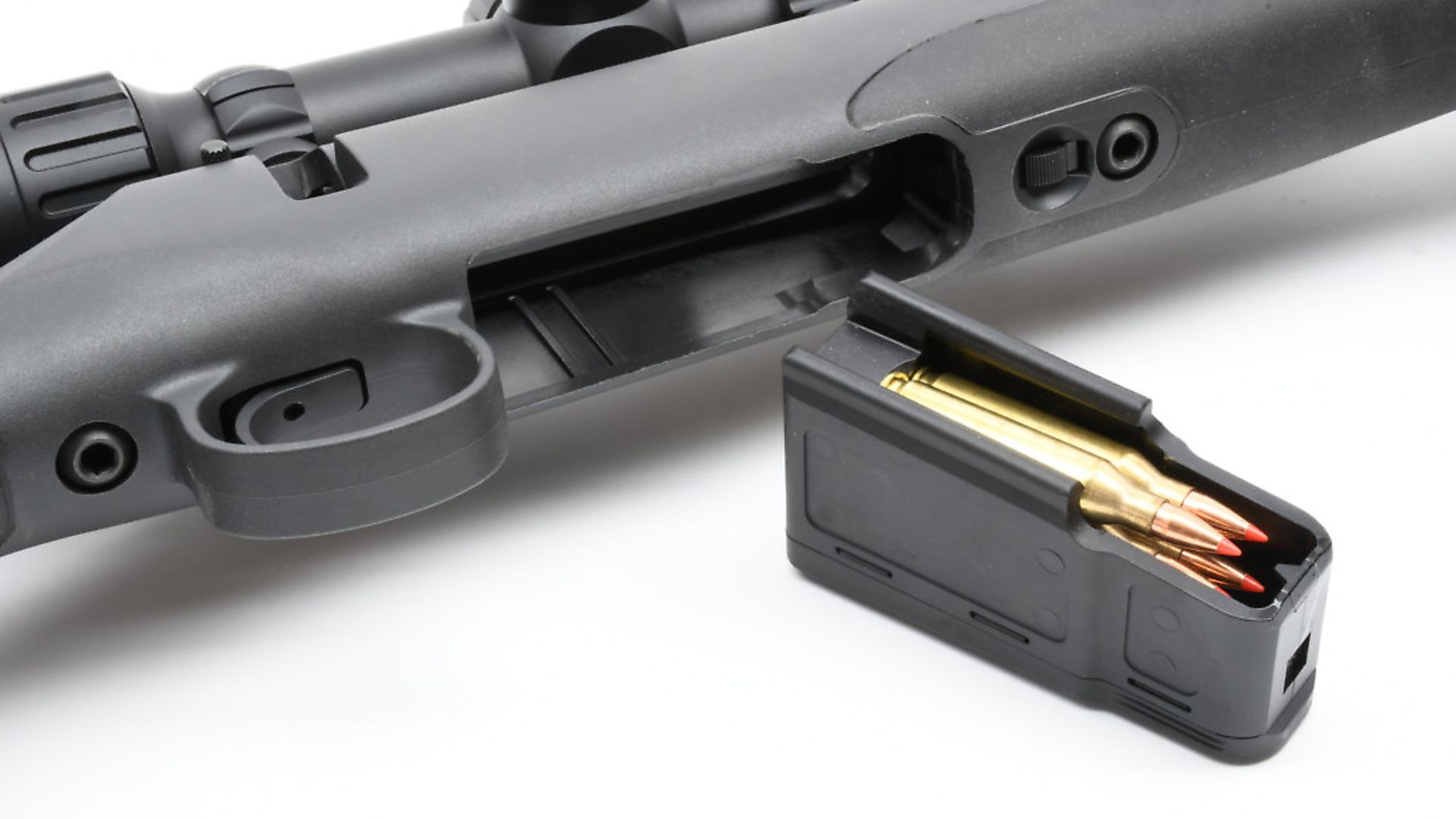 credit: Archant
credit: Archant
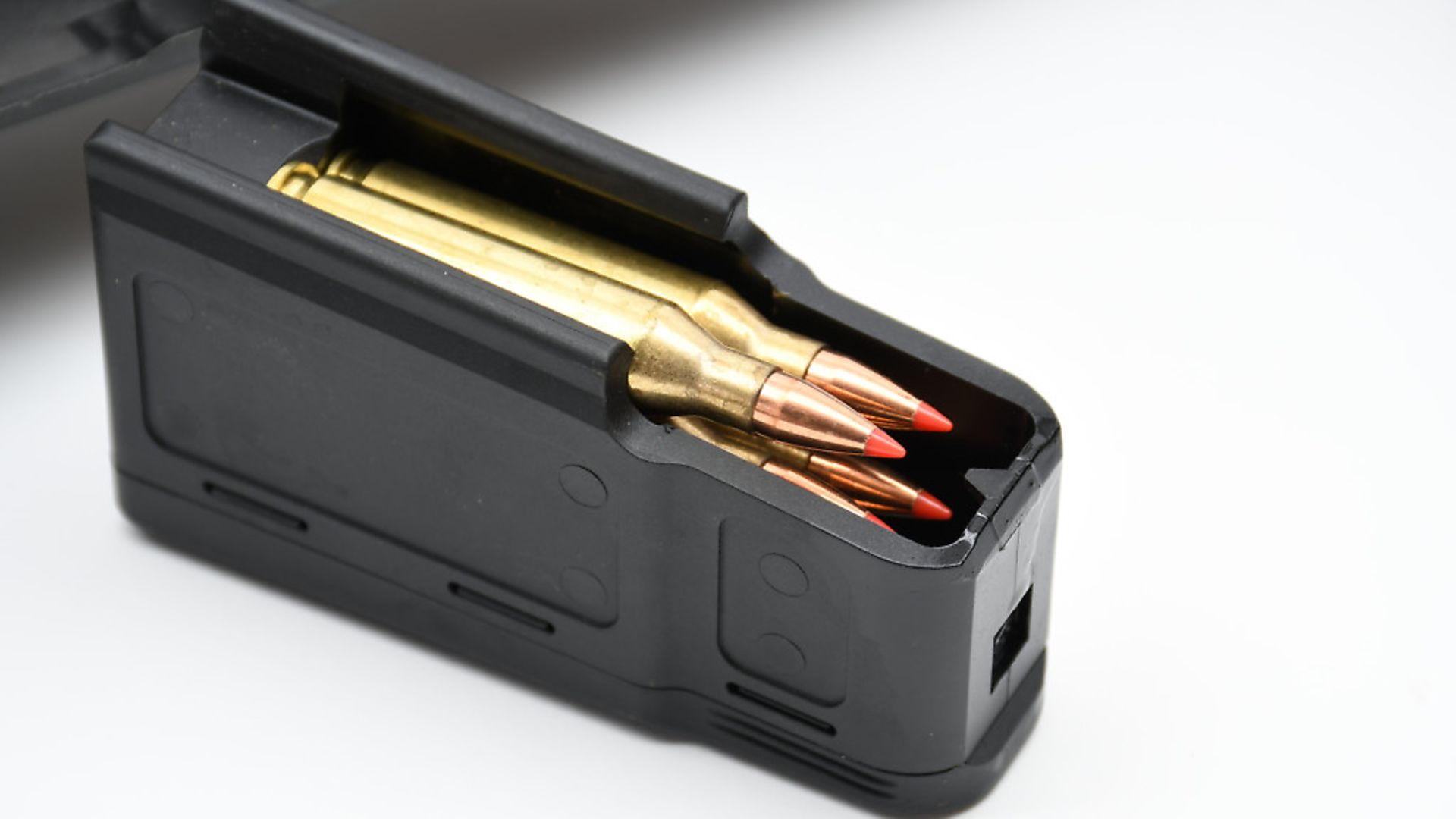 credit: Archant
credit: Archant
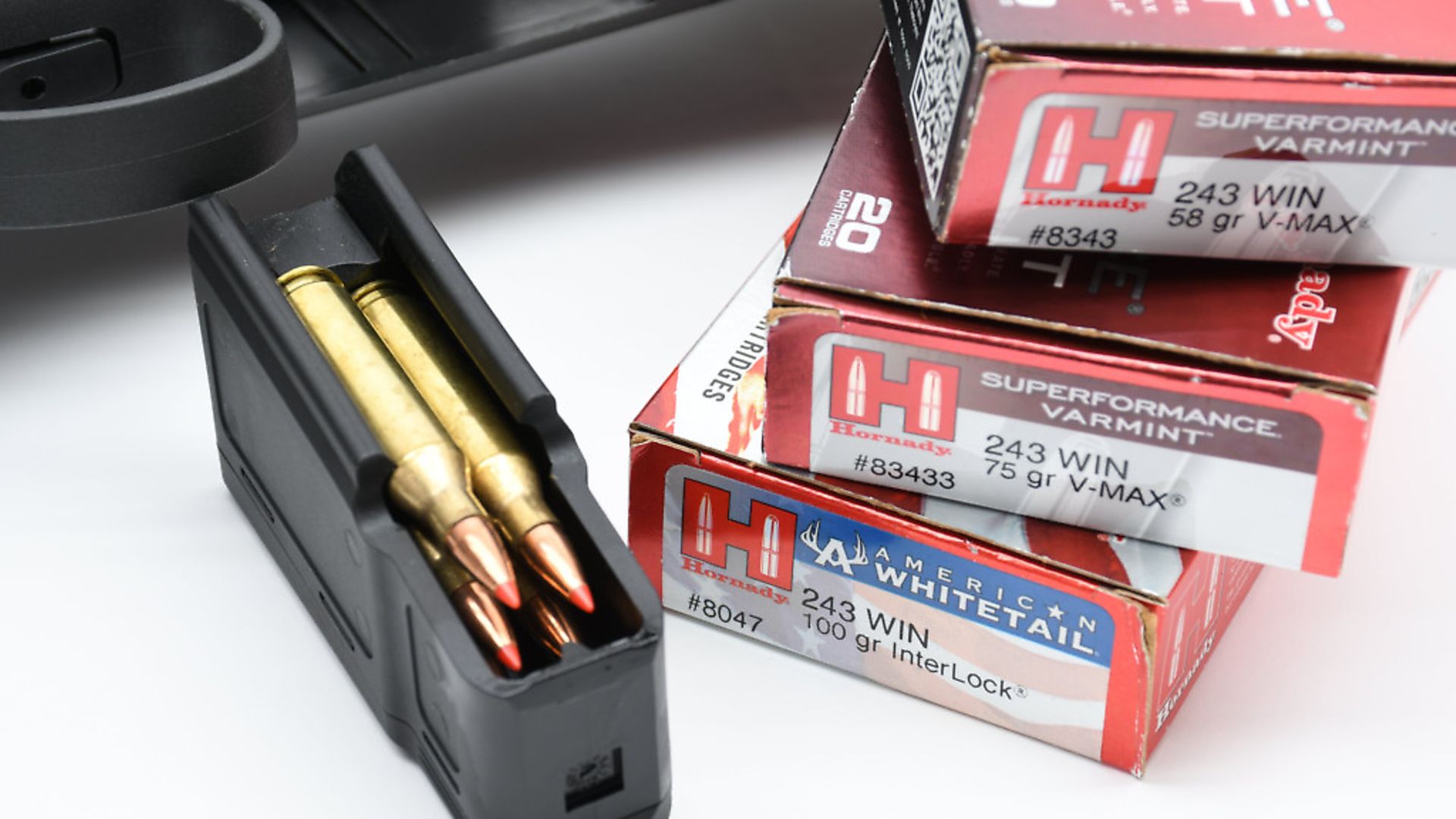 credit: Archant
credit: Archant
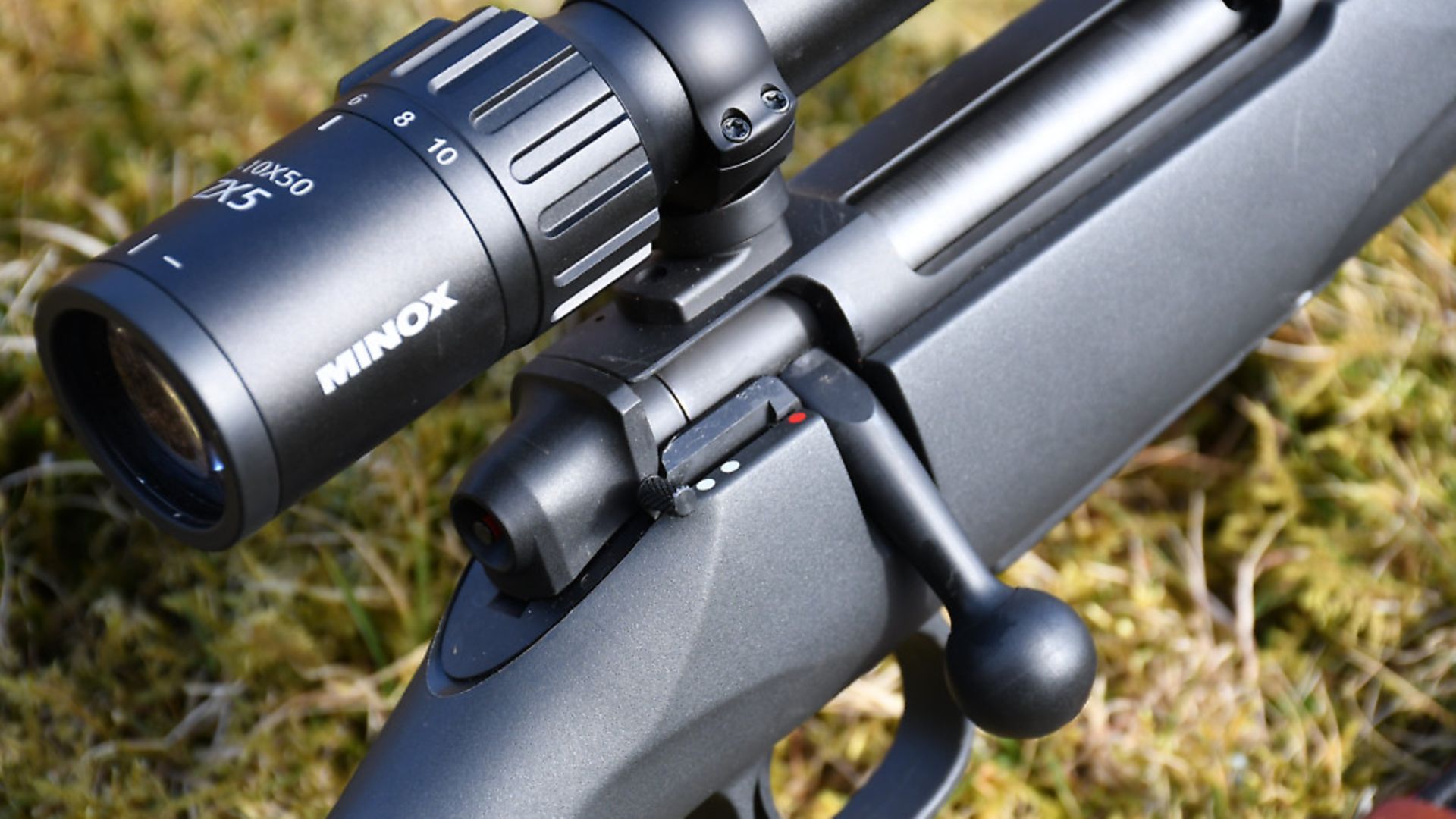 credit: Archant
credit: Archant
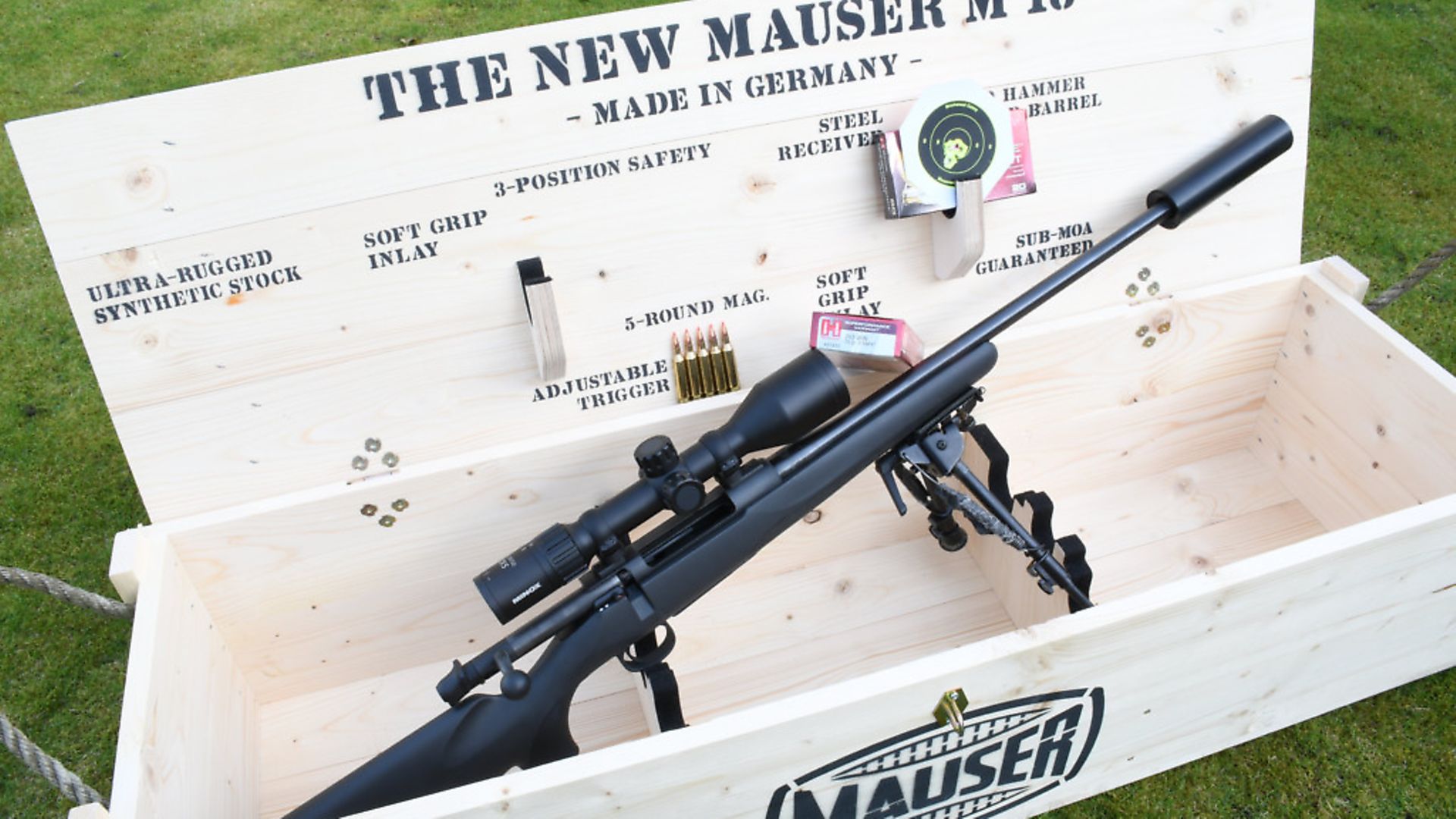 credit: Archant
credit: Archant
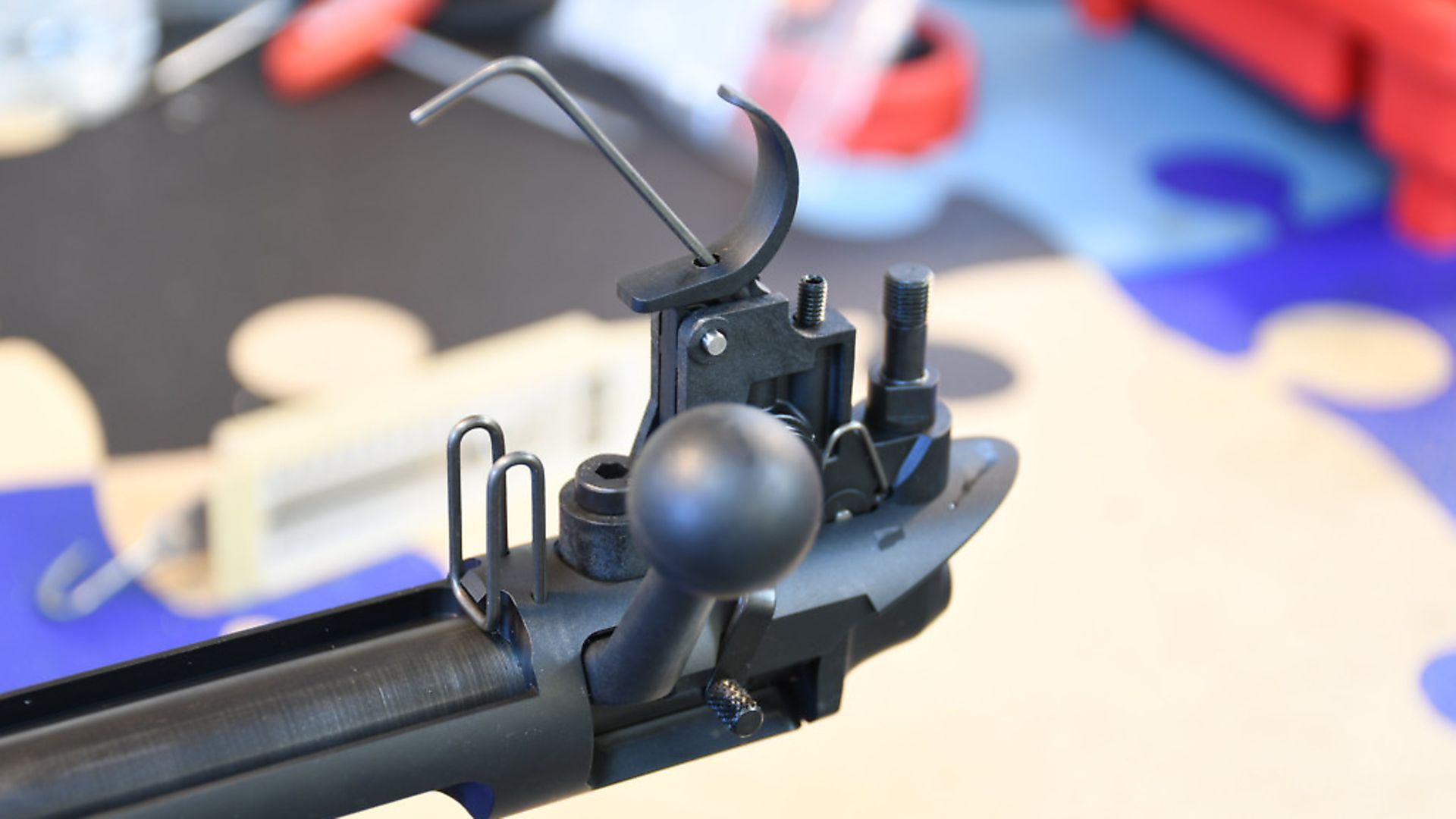 credit: Archant
credit: Archant
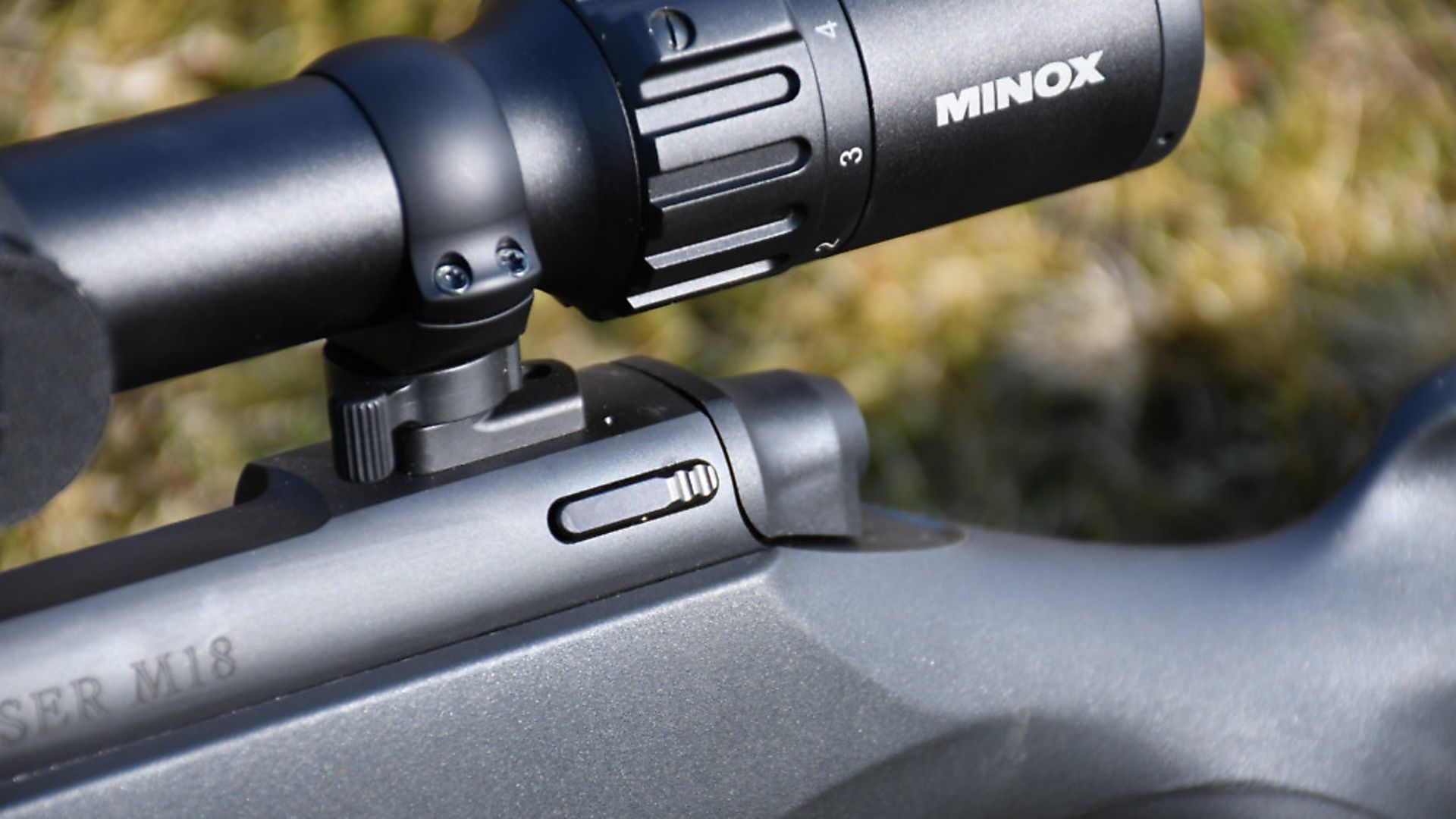 credit: Archant
credit: Archant
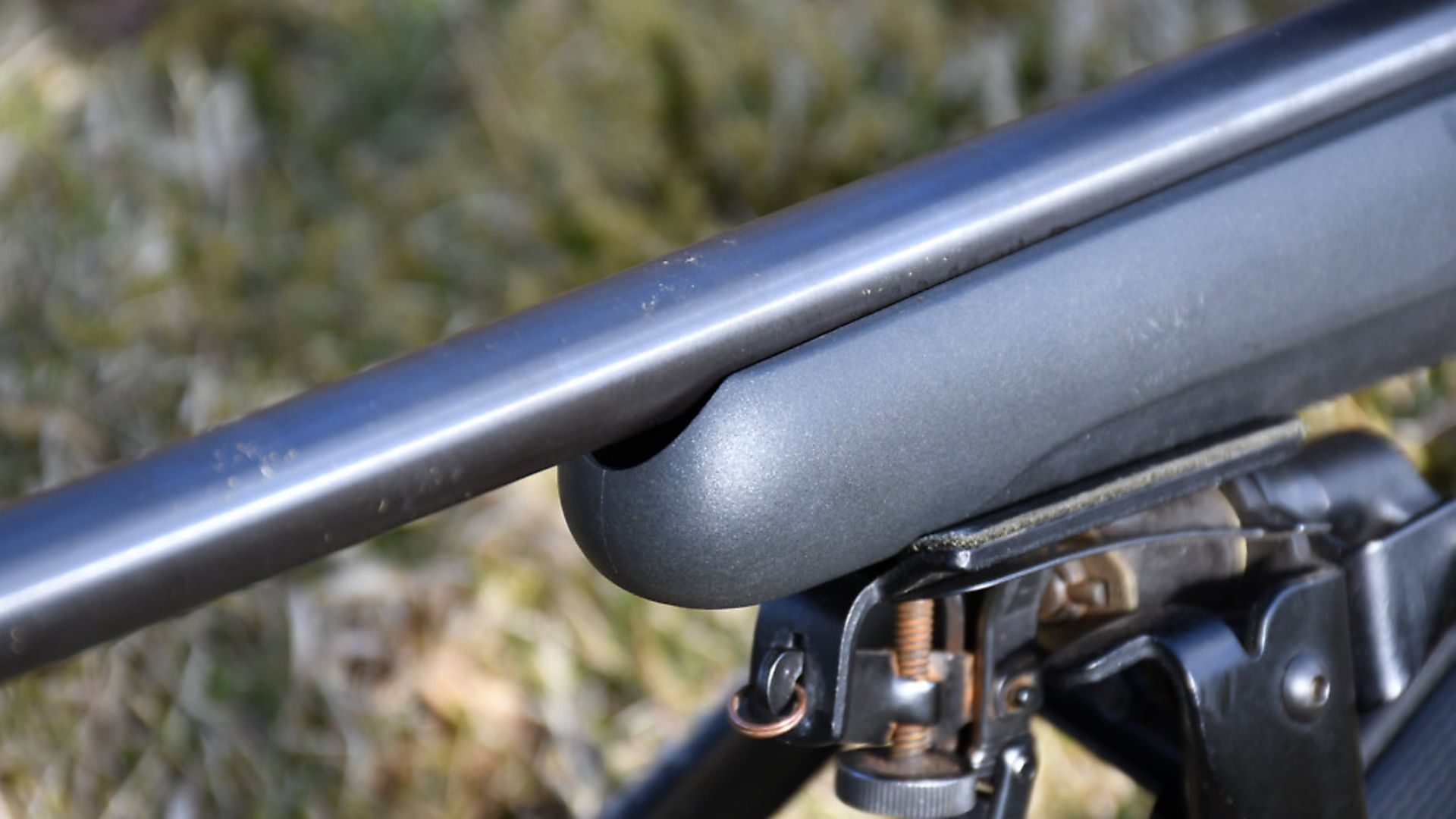 credit: Archant
credit: Archant